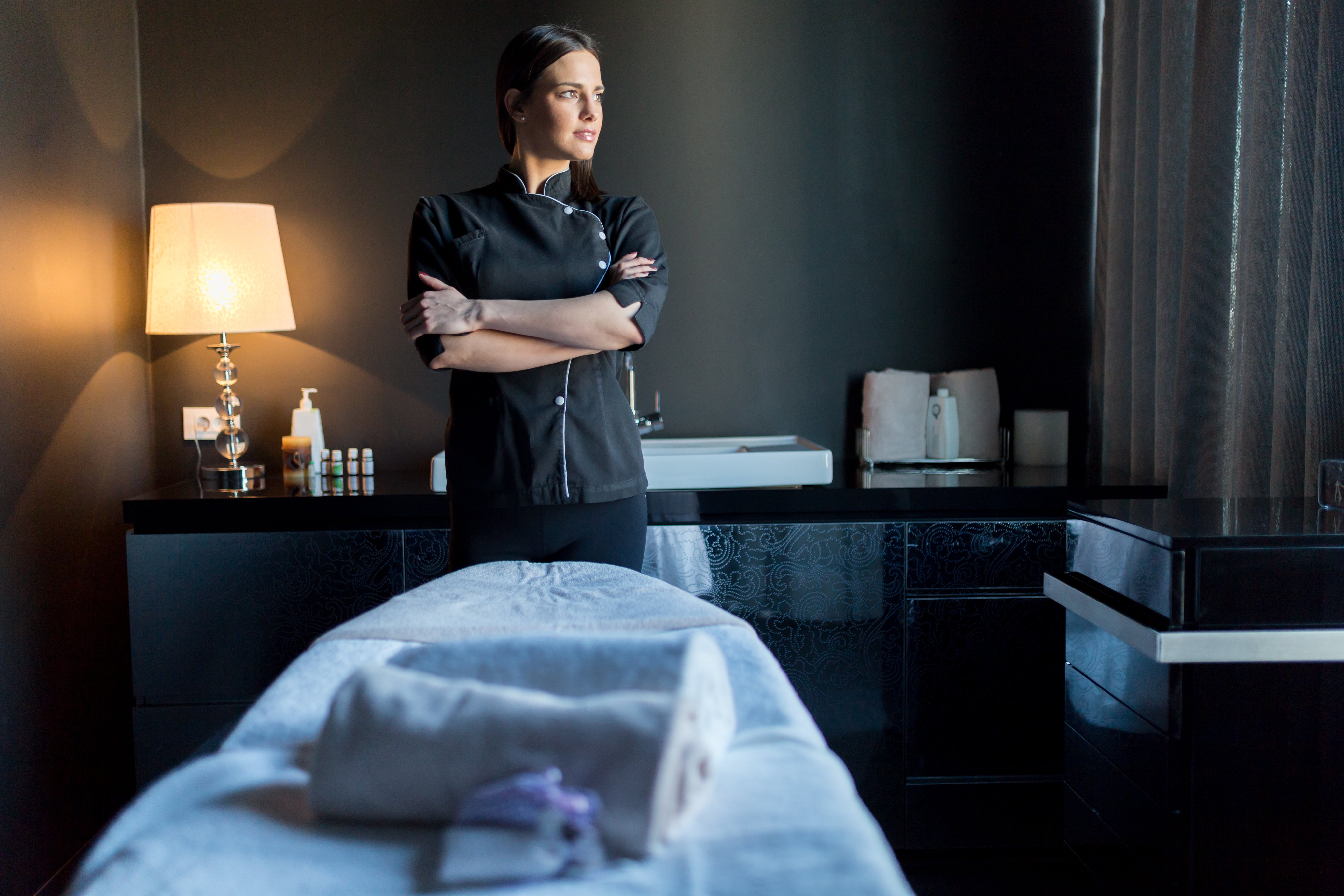Using stainless steel gua sha, Instrument Assisted Soft Tissue Mobilization is a form of myofascial release. Used by physical therapists, the therapy which has come to be known as simply IASTM is changing how we treat injury and illness in the physio community. Although every injury comes different and warrants different treatment depending on the condition, IASTM is a newer technique which promising results.
What is IASTM therapy?
IASTM, also known by some physiotherapists as the Graton technique, uses stainless steel instruments to improve soft tissue mobility in the body. IASTM has been shown to eliminate restrictions in tight fascia, improve flexibility, decrease pain, decrease muscle spasm, increase circulation to the tissue, and ultimately leave a patient with a faster, more comfortable recovery.
Instrument Assisted Soft Tissue Mobilization is a technique first developed in the 1990s for athletes. IASTM was shown to be so effective that now massage therapists, chiropractors, and physical therapists are using it to treat a variety of conditions. The tools used to perform this technique appear intimidating to some. They may look like blades, scrapers, or sharp objects. In the right hands though, they are very effective at producing the desired result.
In standard physiotherapy or massage healing techniques, it’s hand-on-body and skin-on-skin contact. A physiotherapists uses their hands to do all the manipulation. In IASTM therapy, a practitioner is using a scraping tool. Gently, it is scraped or rubbed over the skin. Your therapist hones into problematic areas, essentially scraping them to the point wherein the body increases circulation to the area. The micro-trauma occurring here initiates the body’s natural anti-inflammatory response and then, the healing begins.
If you suffer from impairments like limited mobility, pain with motion, decreased muscle recruitment, or excessive scar tissue formation, you may be right for this form of gua sha therapy. Studies have shown IASTM to be an effective remedy for tendonitis, ligament sprains, plantar fasciitis, scar tissue from surgery or trauma, myofascial pain, or musculoskeletal imbalances.
Is graston and gua sha the same?
What to expect in your average IASTM therapy is to have the body part exposed. Then, the rubbing of the gua sha tool will begin. The scraping is gentle but you will feel it. Some physiotherapists may deem it necessary to scrap more vigorously. Be vocal if you’re ever uncomfortable with what’s happening. After treatment, the skin will appear red and agitated, which is expected. Slight bruising may occur. Some physiotherapists may also encourage a patient to perform active motions or stretches immediately afterwards which is known to assist with mobility.
IASTM is a great method, as a lot of patients are finding out, to reduce pain, improve range of motion, and improve cellular activity at the site of injury. If you’re a practitioner or someone interested in giving IASTM a try, you’ll find the gua sha tools required on Canada’s Lierre website.

